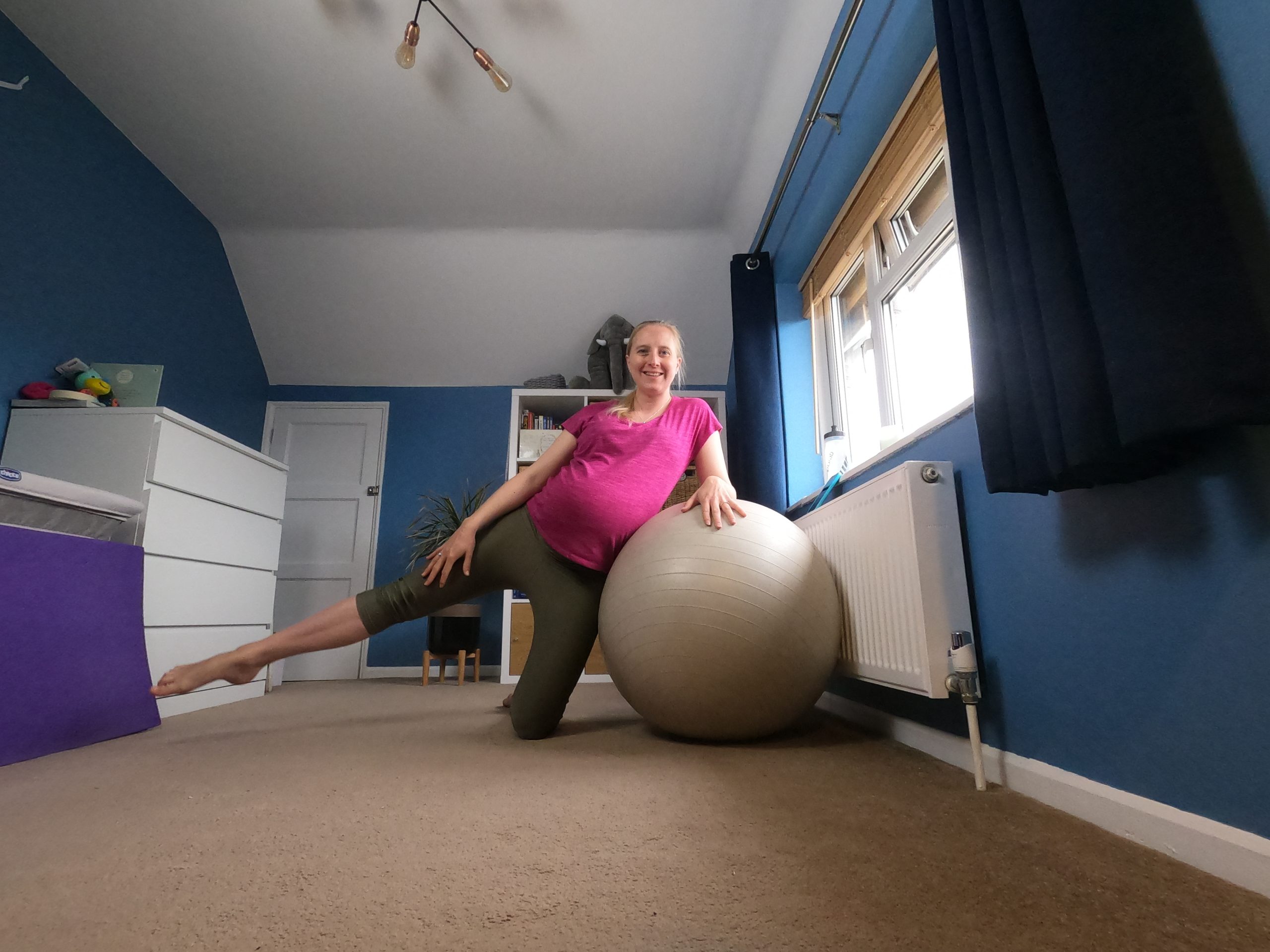1. Relaxation & Relief: Stretching helps relax and lengthen the pelvic floor muscles, alleviating tension, pain, and discomfort in the pelvic region. 🧘♀️
2. Addressing Tightness: Tight or overactive pelvic floor muscles can lead to issues like pelvic pain, painful intercourse, and difficulty relaxing during bowel movements. 🚫💔
3. Mobility & Flexibility: Improved mobility and flexibility in the pelvic area are crucial for optimal pelvic floor function. 🏃♀️
4. Preventing Dysfunction: Restricted mobility can result in muscle imbalances and dysfunction that affect overall health. ⚖️
5. Preventing Prolapse: Stretching can help prevent or alleviate pelvic organ prolapse, where pelvic organs drop due to weakened muscles. 🏋️♀️
6. Maintaining Muscle Tone: Regular stretching helps maintain the length and tone of pelvic floor muscles. 💪
Complementing Strengthening Exercises 🏋️♀️
Stretching complements pelvic floor strengthening exercises (like Kegels) by allowing the muscles to contract and relax more effectively. This holistic approach is essential for a healthy pelvic floor!
Summary 📝
In summary, pelvic floor stretches are an important component of maintaining overall pelvic health, alleviating dysfunction, and improving quality of life for both men and women. 🌈If you’d like to learn more about pelvic floor function and health, why not join one of my online Pilates classes? 💻✨ Contact me at hannah@beyondthestudiopilates.co.uk to discuss your requirements! 📧😊
- Beginners Pilates 3 week course
- Pilates for Cyclists course
- Pilates for Runners course
- Back in Balance, back care course
- Healthy Mind Healthy Body, holistic fitness course
- Join my On demand Pilates studio
- Join my LIVE Pilates classes
- Get an alignment assessment
Join my Pilates classes online today pay as you go and subscription based options available.
#PrenatalPilates #FitMom #PregnancyWellness #HealthyPregnancy #EmbraceTheJourney #pregnancyjourney #pilatesforpregnancy #PrenatalFitness #PilatesForPregnancy #HealthyPregnancy
Favorite



